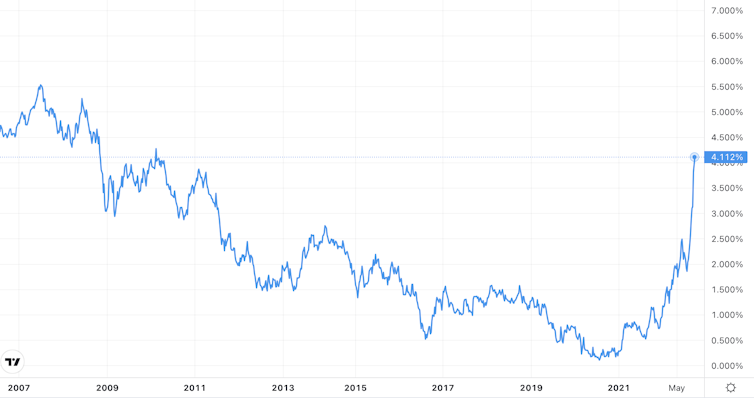two things can turn this around but neither is straightforward
- Written by Jean-Philippe Serbera, Senior Lecturer in Banking And Financial Markets, Sheffield Hallam University

While most people in the UK were still in bed in the early hours of Monday morning, the pound dived. It fell over 4% during Asia trading to reach its lowest ever level against the dollar of US$1.035, while also hitting €1.079 against the euro. This was an exceptional fall, and continues its 3% decline against the US dollar on Friday in response to the hefty borrowing and tax-cutting in Chancellor Kwasi Kwarteng’s mini-budget.
Pound v US dollar since mini-budget







